The types of ceramic floor tile are various, but glazed and unglazed are the most known. As a beginning the description of them, the thickness of historical ceramic floor tiles can differ substantially based not just on their intended use but also on the time period during which they were manufactured.
When compared to tiles used on walls or ceilings, floor tiles were noticeably thicker and more durable. Tiles for stoves can have a thickness of up to several inches and were made specifically to retain the heat produced by the stove.
The thickness of medieval encaustic floor tiles was normally one inch, whereas the typical thickness of Victorian encaustic floor tiles was a little less than half an inch. Because of advancements in manufacturing technology, tiles produced in the 20th century are often the thinnest of all tile types, with the exception of some art ceramic tiles.
On the back of the majority of ceramic floor tiles, there are raised (or occasionally sunken) ridges, circles, or squares that help improve the tile’s bonding capacity. However, this is not the case for all ceramic floor tiles.
Unglazed ceramic floor tiles and glazed ceramic floor tiles are typically the two types that can be separated into separate categories.
Examples of unglazed tiles include quarry tiles, encaustic and geometric tiles, ceramic mosaic tiles (which can either be glazed or unglazed), and a variety of other forms of unglazed tiles. Other types of ceramic floor tiles typically have a glaze applied to them.
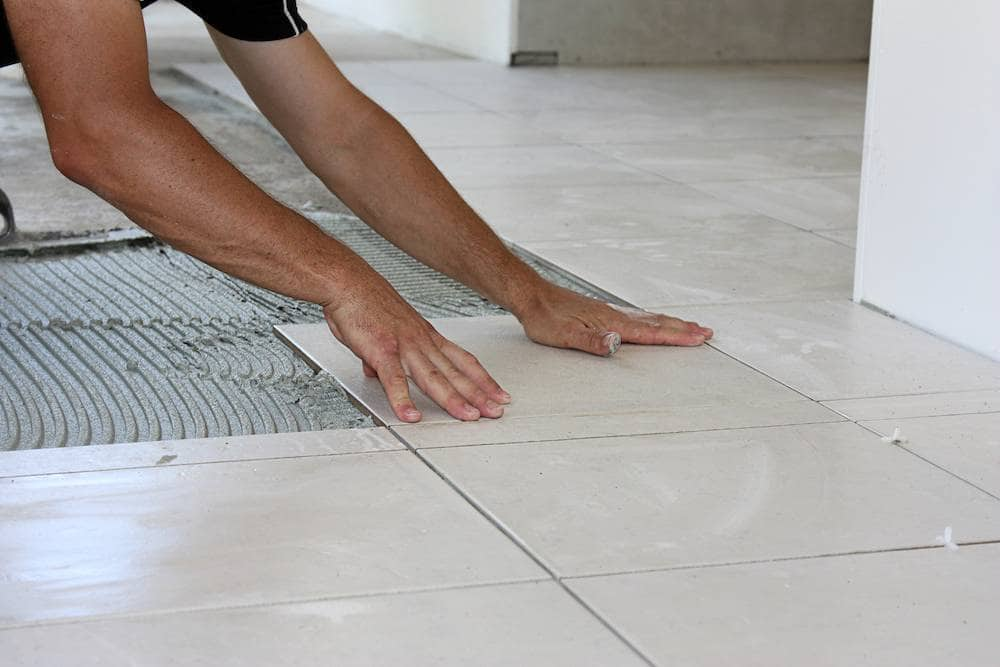
Unglazed Ceramic Tile Type
As a widespread type, unglazed ceramic tile has an old root. The quarry tile is the name given to the oldest and most fundamental form of ceramic floor tile.
They are manufactured by machines and were originally hand-carved from quarry stone. Quarry tiles are merely clay slabs that have been cut into squares or rectangles before being baked in a kiln. They may be unglazed, semi-vitreous, or completely vitreous in appearance.
Quarry tiles are available in a wide range of naturally occurring earthy tones, including gray, red, and brown, which are somewhat impacted by the clay used, as well as the temperature and duration of the firing process.
The thickness of quarry tiles can range from 14 inches to 12 inches, and they are available in square and rectangular forms in the following sizes: 3″, 4-1/4″, 6″, 9″, and 12″ squares (the 12″ squares are one of the most popular sizes); 3″, 6″, and 9″ rectangles; and 4″ x 8″ hexagon shapes. Quarry tiles are typically used for outdoor applications.
(Pavers, sometimes known as paver tiles, are a type of quarry tiles that are more straightforward and frequently more fundamental. They are frequently unglazed and have the appearance of quarry tiles, however they are significantly thicker.

Pavers that are manufactured by machines are often generated by dust-pressing the material, however on occasion they are formed through extrusion. They can also be vitreous or semi-vitreous in appearance. In southern Europe and Mexico, non-vitreous pavers are the most common type of paving material utilized.
The “dust-pressing” method is utilized in the production of encaustic tiles, which are distinctive in that they are unglazed but decorative floor tiles.
In contrast to other types of ceramic tiles, which are surface-decorated or ornamented with impressed or embossed designs formed by a mold, the ornamental designs on encaustic tiles are inlaid patterns that are created as part of the production process. This sets encaustic tiles apart from other types of ceramic tiles.
To begin, a slender, approximately 14″ An nearly powder-dry coating of fine clay was pressed into a mold that had a relief pattern at the bottom to create a depression in the tile’s face. This depression was made by pressing the coating into the mold.
The initial layer was then covered with a thicker layer of coarser clay, which was then followed by a coating of finer clay in the future steps. Because of this “sandwich,” the body of the tile was not only created to be robust but also had a good, smooth surface. Additionally, this helped prevent the tile from warping.
The layers of clay “dust” were compacted using presses, and the tile that emerged after this process featured an indented or intaglio design on its surface. After that, the die was extracted, and the mold was inverted so that it was facing the opposite direction.
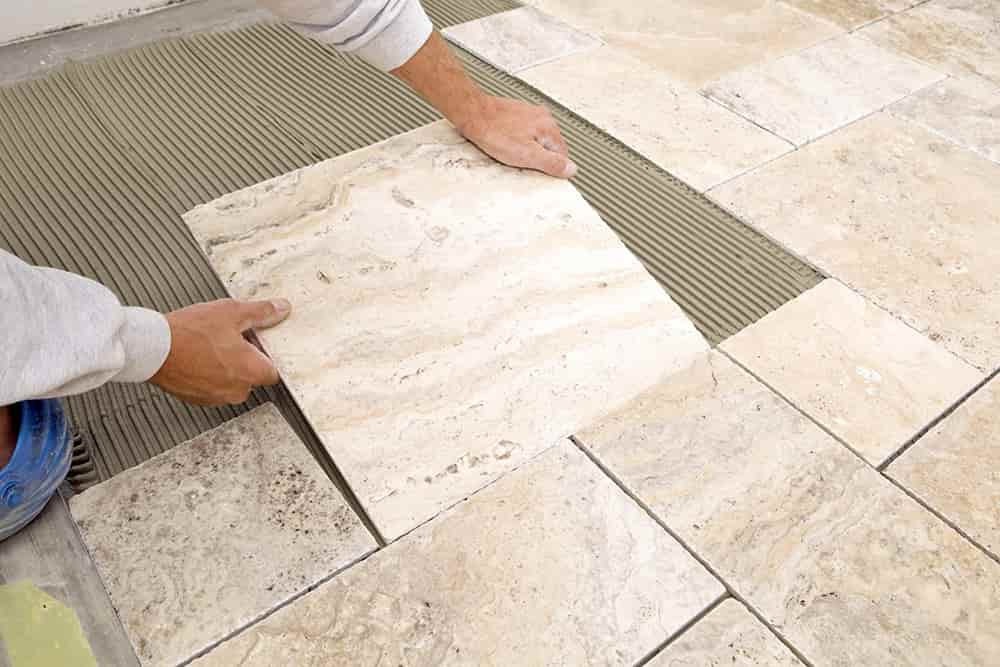
After the tile had hardened, the intaglio pattern was completed by filling in the recessed areas with colored slip, which is liquid white clay that has been tinted. It was necessary to wait until the previous color of slip had completely dried before applying the next color.
Before drying for several days and firing, the recessed part was overfilled to accommodate for shrinkage, and the excess slip was scraped off the surface with a spinning cutter to create a flat, if not quite smooth, face. This was done before the recessed section was fired. There is a possibility of problems with the firing.
Because of the different clays’ varying rates of contraction, the inlaid clay may contract excessively, causing it to fall out of the grooves in the tile. Alternatively, the tile may become stained by the various design pigments if the pigments are unreliable or impure, causing the tile to become discolored.
By the 1840s, the production of encaustic tiles consisted solely of the almost-dry clay that was subjected to the dust-pressed method.
Because of this, it was not possible to stain the body of the tile with different colors, but it was conceivable to use multiple colors on a single tile.
As a consequence of this, the intricacy of a design and the number of colors it contains may frequently be used to determine the age of an encaustic tile. The oldest tiles were typically a dark red tone with white figurative designs, followed by tiles in a buff or brown color.
In the 1860s, blue tiles with yellow or buff motifs were rather popular, but these were eventually phased out in favor of color schemes that were more muted. One such scheme paired a “chocolate” red with a soft grey. By the year 1860, a single tile may have as many as six different colors, which would create patterns.
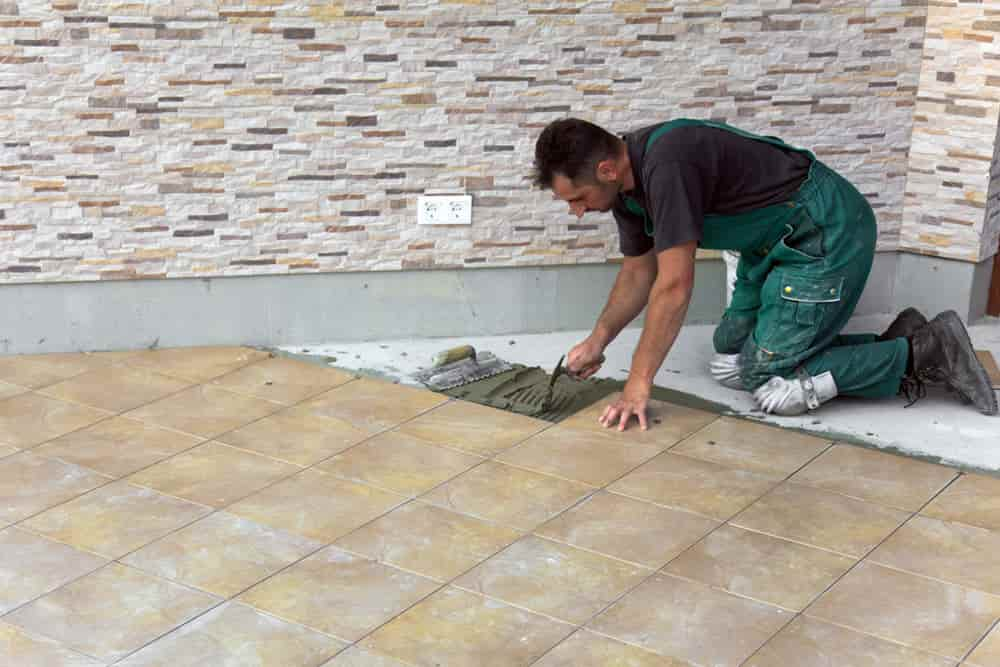
At the turn of the century, white encaustic tiles with black or gold motifs became popular, as did tiles with complicated color patterns that included white, black, gold, pink, green, and blue. The encaustic tiles were decorated with a variety of patterns, including both traditional and original designs.
Some intricate designs were painted on the surface of the tile using opaque colored glazes rather than being inlaid into the tile itself. The vast majority of the primary tile manufacturers supplied many of the same pre-formed encaustic floor tile patterns in their own product catalogs. Encaustic tiles were typically constructed in the shape of squares or octagons.
They were manufactured in a variety of sizes, and practically any design could be made expressly for a given usage or region of application. Historically, the normal size of encaustic tiles from the 19th century was 15/16 inches “thick, or perhaps a little less. Clay or cement were also sometimes employed in the production of tiles of a lower quality and a lower price.
These patterns, which resembled those that are typically found on encaustic tiles, were applied as a transfer printed pattern, or via a multi-color lithographic or silkscreen method.
These are still being manufactured and have a significant amount of demand in many parts of the world.
Geometric tiles are a type of encaustic tile popular in England. These tiles are typically smaller and only come in one color; when assembled, they form a geometric pattern.
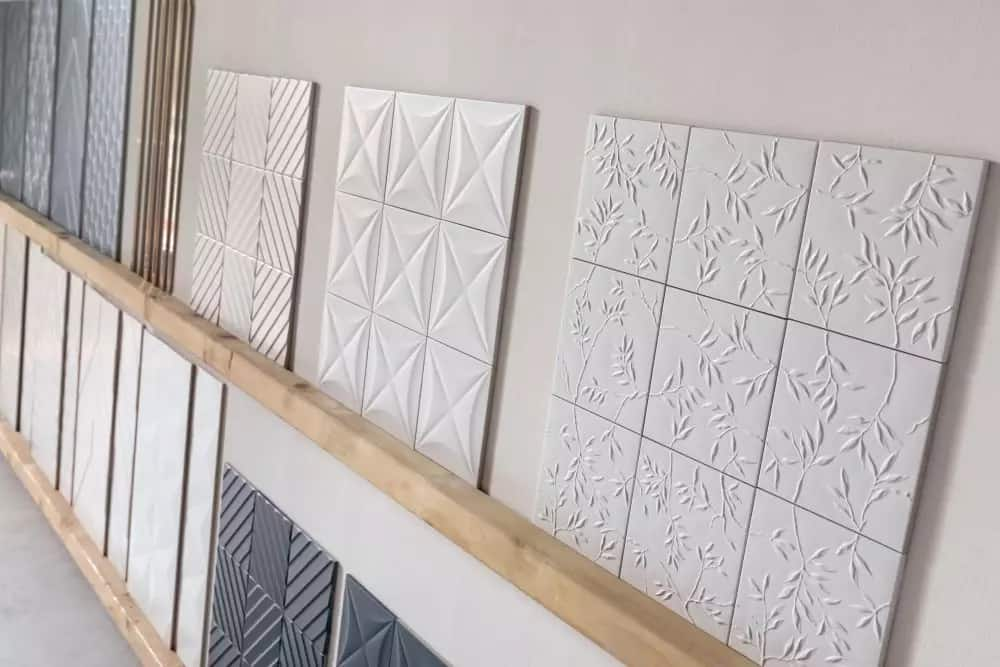
However, in the United States, encaustic tiles and these tiles are often not differentiated from one another. They were often either rectangular, square, triangular, or hexagonal in shape, and their thickness was approximately the same as that of patterned encaustic tiles. They were constructed using the geometric divisions of a square that measured six inches.
Tiles with geometric patterns can be utilized to create a wide variety of floor designs, particularly when combined with patterned encaustic tiles. The use of geometric tiles to create ornamental borders is an excellent application for these tiles. The production cost of each geometric tile was significantly lower than that of an encaustic tile due to the fact that only a single kind of clay and a single color were utilized in its creation.
More than 60 distinct geometric tile shapes and sizes were available by the end of the 19th century. These tiles came in a variety of colors, including buff, beige or tan, salmon, light grey, dark grey, red, chocolate, blue, white, and black. These colors were among the up to ten hues that were available.
Ceramic mosaic tiles are essentially scaled-down copies of geometric tiles, and they come in a variety of different shapes, including square, rectangular or oblong, hexagonal, pentagonal, and trapezoidal. These tiles normally have a maximum size of 2-1/4 inches and a maximum thickness of 14 inches.
There was a choice between mosaic tiles that were glazed in an infinite variety of colors or unglazed in solid or variegated hues with a matte surface. The glazed mosaic tiles came in both vitreous and semi-vitreous varieties.
In addition, one-piece tiles consisting of a single piece were manufactured to give the appearance of having multiple mosaic parts.
This was made using a mold, which resulted in the appearance of recessed mortar joints that were utilized to separate the many “mosaics.”
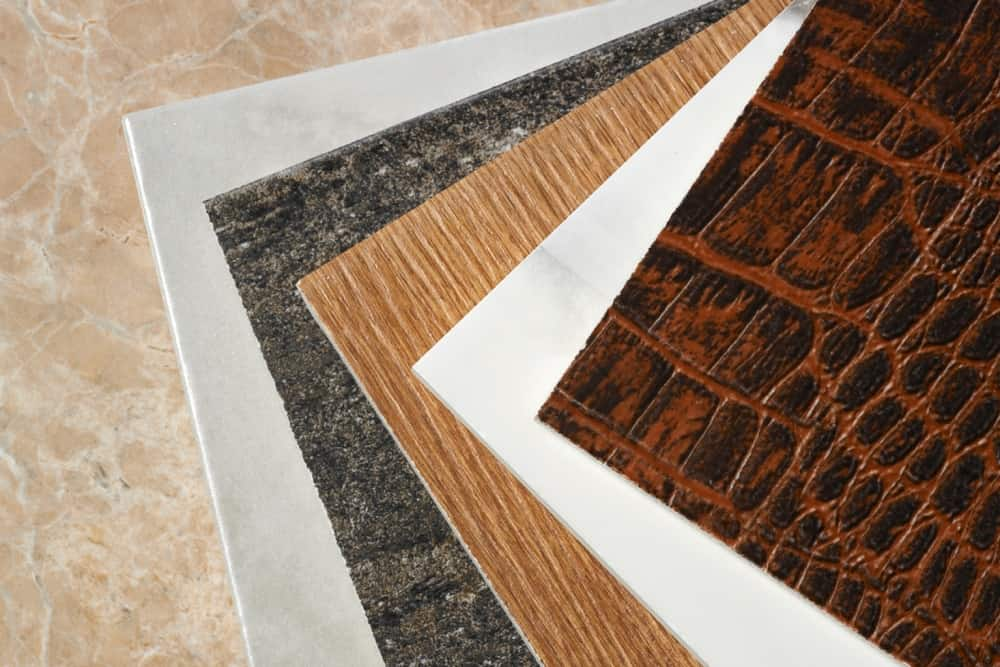
Glazed Ceramic Tile Type
With the exception of quarry tile, encaustic tile, and some mosaic tile, the majority of ceramic floor tile is decorated with a glaze. The glazed type is not the case for all tiles, however.
Glazed tiles obtain their color from the glaze, which can be shiny or matte, but unglazed tiles get their color from the clay itself or from oxides, dyes, or pigments that are added to the clay. Unglazed tiles come in a variety of colors. There were certain potteries that were famous for their expertise in a particular kind of glaze.
Tin glazes, which were essentially transparent lead glazes, were the earliest and most popular kind of clay tile ornamentation. They were applied to the surface of the tiles. Either the glaze was painted onto the surface of the tile using a brush, or the tiles were submerged in the glaze.
In order to manufacture glazes, white lead, flint, or china clays were typically ground into a powder and then blended with finely ground metallic oxides, which formed the color. Enamels were widely used as a synonym for colored glazes in the past.

The following pigments were utilized: blue produced from cobalt, green derived from copper, purple derived from manganese, yellow derived from antimony and lead, reds and browns derived from iron. An opaque glaze was produced as a result of the addition of tin oxide.
The tile experts of our team are ready and eager to work with professional traders and importers around the world.










Your comment submitted.